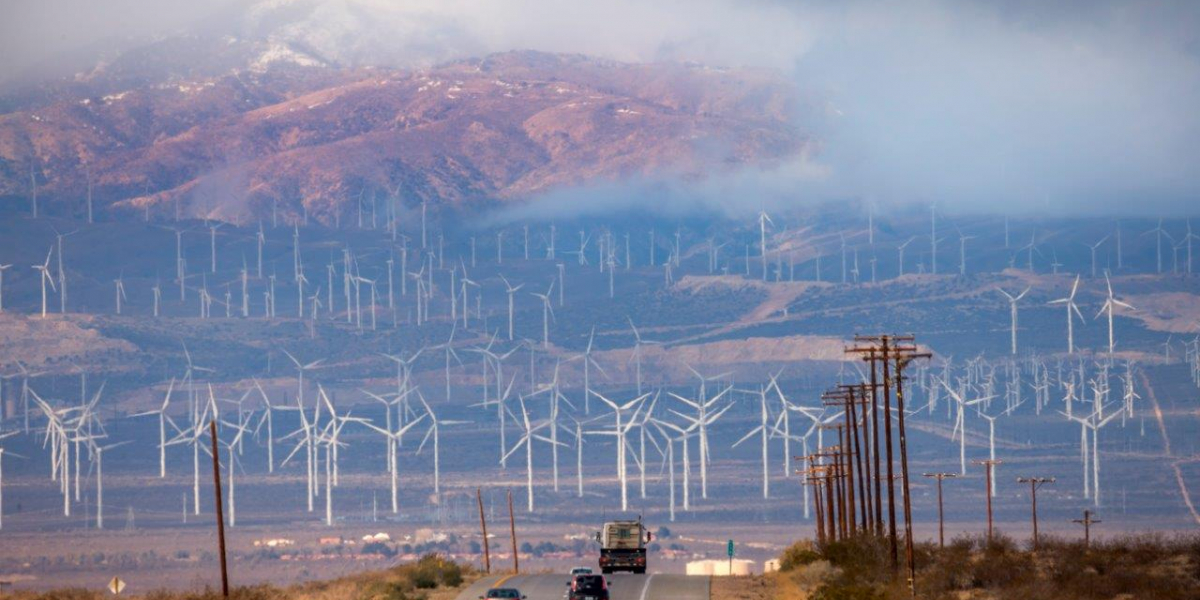
July 27, 2017
Last week the California Legislature passed a proposal to extend the state’s cap-and-trade regime – California’s landmark program to curb greenhouse gas emissions. Effective since 2012, this program is one of the world’s largest carbon markets and a key variable in Canadian climate policy thanks to its 2014 linkage with Quebec’s program and probable linkage with Ontario next year.
Smart Prosperity Institute, along with key US partners, brought together US and Canadian experts to discuss the new legislation and its implications for cross-border linkage. If you missed the webinar, a recording is available online. Here’s a quick recap of what you need to know about this new legislation and main takeaway points from this discussion.
Why is this vote important?
In 2016 California adopted a legally binding emissions reduction goal of 40% below 2020 levels by 2030 (the state is currently on track to meet its most immediate goal of reducing GHG emissions to 1990 levels by 2020). Despite this ambitious commitment, the 2016 legislation did not explicitly say how to go about achieving this goal, leaving an uncertain future for California’s cap-and-trade program beyond 2020 (originally set to expire in that year).
Last week’s new piece of legislation (AB-398) sets the policy mechanism to achieve the 2030 target by extending the current cap-and-trade program. Most importantly, the bill was passed with a two-thirds majority vote--the threshold required to pass tax laws in California and foreclose most legal challenges. This puts California’s cap-and-trade program on a solid legal footing and provides a significant market signal and policy certainty to covered emitters and linked (or soon-to-be linked) partners like Ontario and Quebec.
What are the key changes to California’s existing cap-and-trade program?
Although the general structure remains largely the same, some key changes to the market include:
Price ceiling: this new legislation establishes a “hard” price ceiling for emission allowances. Currently, there’s a reserve of allowances (called the Allowance Price Containment Reserve or APCR) that can be made available for auction once the price of allowances reaches a specified threshold--boosting the cap-and-trade market with an additional supply of allowances as a way to slow down price increases. Although (to date) this reserve has never been used, some economic and policy experts were concerned about what could happen to allowance prices if this reserve were to be exhausted--something that is more likely to happen as the emission cap becomes more stringent after 2020. To eliminate this ambiguity, AB-398 establishes a price ceiling, which means the price cannot go higher than a specified level (which will be determined by California’s Air Resources Board or ARB, the state’s clean air agency).
Speed Bumps: the new legislation also stablishes intermediate price steps or speed bumps--set at various points between the price floor and price ceiling. Once the emission allowance price hits any of these steps, an additional supply of allowances (taken from the unused APCR pool) will be released to curb price hikes.
Offsets: AB-398 allows capped companies to purchase offsets to meet up to 4% (down from 8%) of their compliance obligation--ratcheting up to 6% after 2025. The legislation also requires an increase in offset projects with direct environmental benefits in the state of California.
James Bushnell (UC Davis) summarizes the new California legislation here
What does this mean for Ontario and Quebec?
Quebec and Ontario have very high GHG reduction costs relative to California--due in large part to the fact that the two provinces have already decarbonized their electricity systems. As a result, linkage with California’s cap-and-trade program matters as this can significantly bring down their reduction costs (i.e. Quebec and Ontario firms can purchase cheaper allowances from California). An extension of this program is therefore welcome news for both provinces.
While the new rules prioritize California-based offsets, the more stringent limit on total offsets companies can use for compliance will put an upward pressure on overall allowance prices. More expensive allowances in turn mean more GHG abatement will likely occur in Canada.
Dave Sawyer (EnviroEconomics) provides more details on potential implications here
Looking forward, what are some unanswered questions?
While the webinar allowed for an immediate analysis of AB-398, there are still many unanswered questions that will be addressed as California’s ARB works to finalize specific details, as required by the approved changes (like determining the price ceiling). There are also questions about the impact that complementary climate policies will have on the linked cap-and-trade market. Finally, there’s uncertainty as to whether “imported” California allowances will be able to count towards meeting Canada’s climate change commitments--and not just Ontario and Quebec’s individual targets--now that the United States has pulled out of the Paris Agreement.
To learn more about this and other opportunities for cross-border climate change policy harmonization, watch the webinar here, and visit our initiative page on North American Climate Policy.